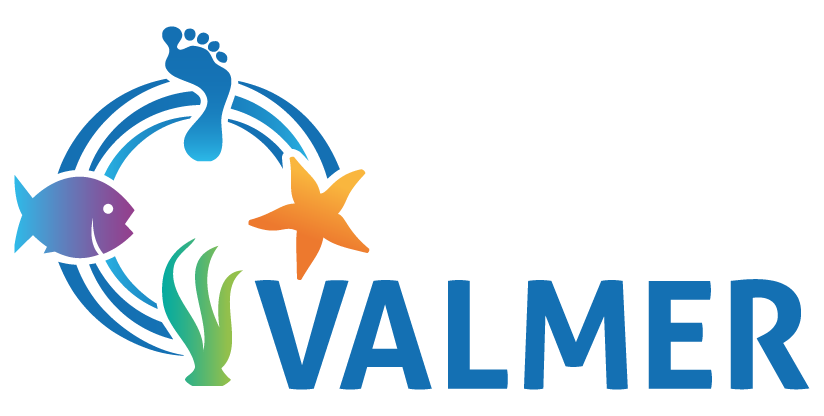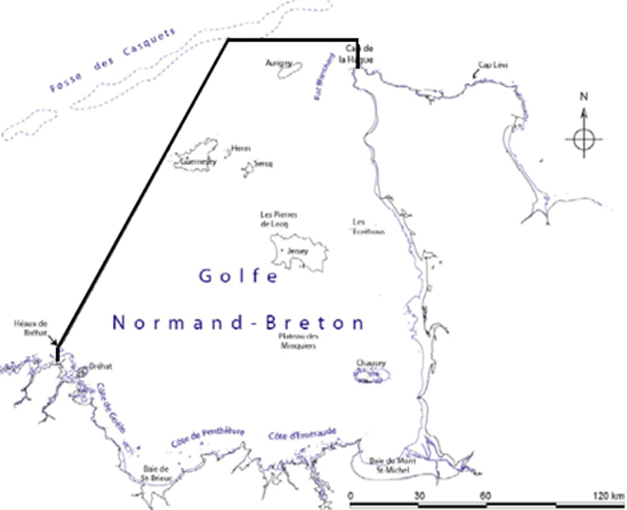Summary
Two main goals for the evaluation were identified: to provide an initial diagnosis of the marine ecosystem service and to anticipate future changes particularly in terms of ensuring continued participation and dealing with future conflicts.
For additional information
Date: 2012-2015
The work presented here has been developed in six case studies of the VALMER Interreg 4A Channel project (2012-2015).
Coordination by M. Philippe, J. Ballé-Béganton and D. Bailly
based on written contributions from K. Dedieu, F. Morisseau, R. Mongruel and E. Thiébaut







